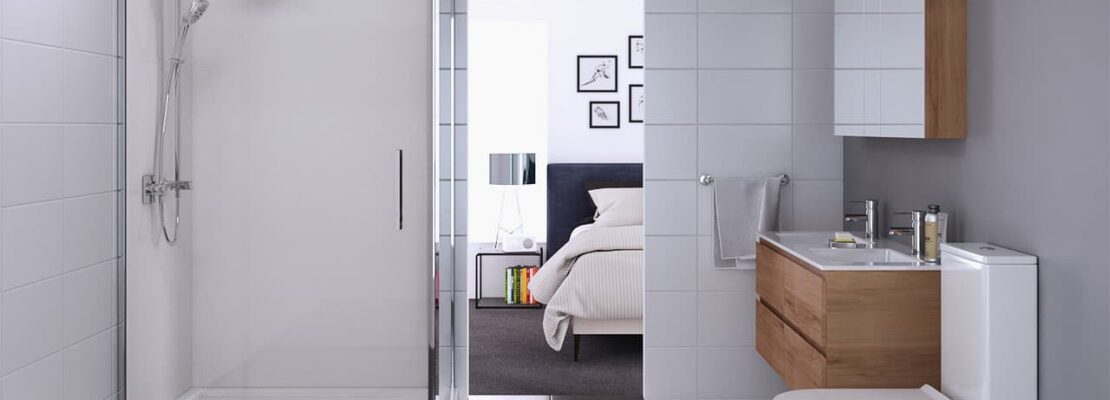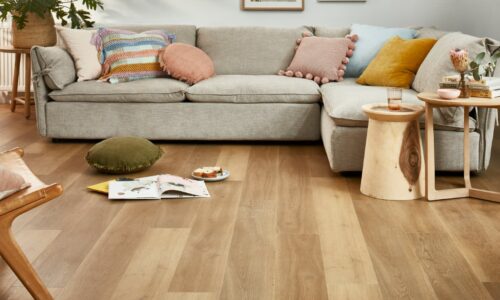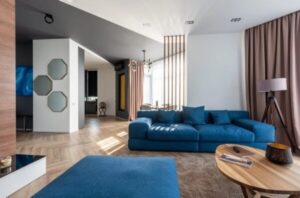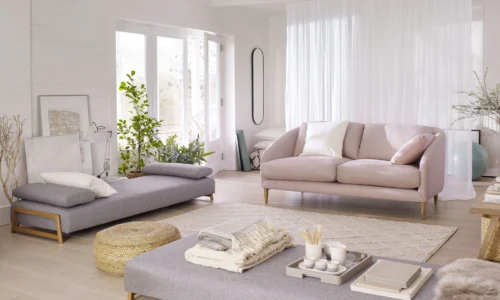Selecting the ideal enclosure for your bathroom’s bathing area is a critical decision that affects both the functionality and aesthetics of the space. The right choice not only enhances the bathing experience but also complements the overall design of the bathroom.
Knowing all the relevant aspects is essential when choosing suitable shower cubicles, from types and materials to design considerations and installation. That’s exactly what we want to talk about now.
Different Types of Enclosures
The first order of business is knowing the most prominent types of enclosures.
- Frameless enclosures ─ These types offer a sleek, modern look with minimal hardware. Made typically from thick, tempered glass, they provide a sense of openness and space. The absence of a frame reduces visual clutter, making them ideal for highlighting stylish tile work and hardware. However, they often come at a higher cost and require precise installation.
- Framed enclosures ─ Featuring a frame around the glass, these are more traditional and generally more affordable than frameless models. The frame provides additional structural support, which allows for the use of thinner glass. This type is versatile, fitting well in various bathroom designs, but the frame can accumulate moisture and grime, requiring regular cleaning.
- Walk-in showers ─ Characterized by an open-plan design, walk-in models provide ease of access and a contemporary feel. They are suitable for larger bathrooms and offer a seamless transition from the bathing area to the rest of the bathroom. They may not be the best option for those seeking a more enclosed bathing experience.
- Corner units ─ These are designed to fit into a corner, maximizing space efficiency. They are ideal for smaller bathrooms or as a secondary bathing area in larger bathrooms. Available in both framed and frameless designs, they can be customized to fit various spaces. However, size limitations might be a constraint for those who prefer larger bathing areas.
1. Assessing Bathroom Space and Layout
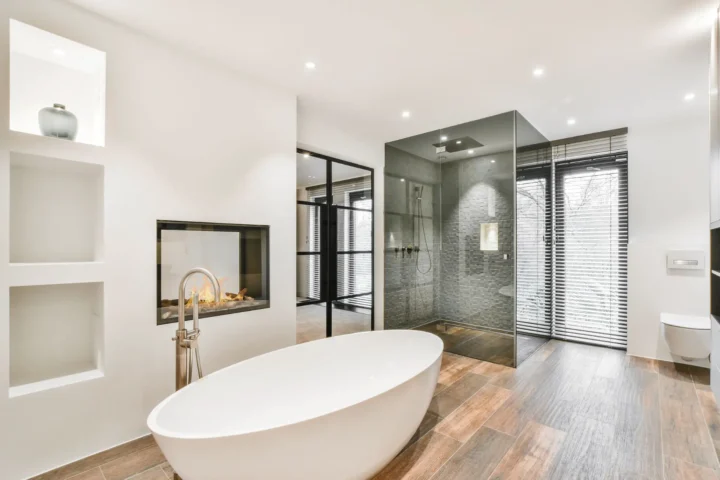
Measuring and assessing the space and layout of your bathroom is crucial before selecting an enclosure. Accurate measurements are essential to ensure a perfect fit, especially in uniquely shaped or compact bathrooms.
When measuring, consider the swing of doors and the clearance needed for comfortable usage. It’s also important to think about the placement of other bathroom fixtures, such as the sink and toilet, to ensure a harmonious layout. When you perform a Google search “shower cubicles for sale,” this is something you should take into consideration and as an inspiration on what could be done.
A well-planned layout can make a significant difference in functionality. For instance, placing the enclosure near existing plumbing can reduce installation costs. In smaller bathrooms, a corner unit might be the most space-efficient option. Additionally, the door opening should not obstruct the bathroom flow or collide with other fixtures.
2. Material Choices for Durability and Aesthetics
The materials used in the construction of bathing enclosures play a pivotal role in their durability, maintenance, and overall look. Glass, the most common material, comes in various types such as clear, frosted, or patterned, and can be treated for extra strength and safety. Tempered glass is a popular choice due to its resistance to breakage.
Acrylic and fiberglass are alternatives to glass, known for their lightweight and mold-resistant properties. They are easier to install and maintain, making them a practical choice for many homeowners. However, they might not offer the same premium look as glass.
Metal and frame materials, such as aluminum or stainless steel, are used in framed models. These materials determine the enclosure’s sturdiness and contribute to its aesthetic appeal. Choosing rust-resistant and easy-to-clean frames can significantly reduce maintenance efforts.
3. Style and Design Considerations
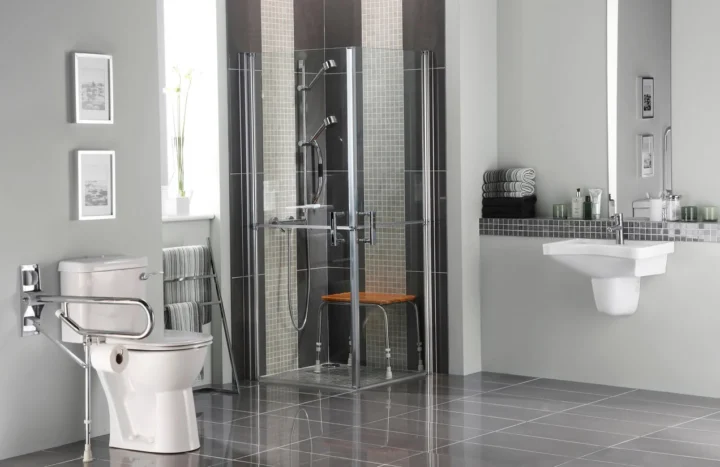
When it comes to the style and design of your bathroom’s bathing area, the enclosure you choose plays a pivotal role. It should harmonize with the overall decor of your bathroom, whether you’re aiming for a modern, minimalistic look or a more traditional aesthetic. In smaller bathrooms, a well-chosen design can create an illusion of space. Clear glass enclosures, for instance, allow uninterrupted sight lines, making the bathroom appear larger.
Customization is another aspect to consider. Many manufacturers offer the option to tailor dimensions, glass types, and frame finishes to suit individual preferences and bathroom layouts. This flexibility allows homeowners to create a unique look that reflects their personal style.
4. Features and Accessories
The functionality of your bathing area can be greatly enhanced with the right features and accessories. Doors are a major component; sliding doors are ideal for saving space, while hinged or bifold doors may require more clearance but offer a classic look.
Shelves and storage solutions within the enclosure can add practicality, providing convenient places to store soaps, shampoos, and other bathing essentials. Look for designs that integrate these elements seamlessly without compromising on the enclosure’s aesthetic appeal.
Additional features like steam systems or built-in seats can transform a simple bathing area into a spa-like retreat. These luxuries, however, need to be balanced with the available space and budget.
5. Budget and Cost Factors
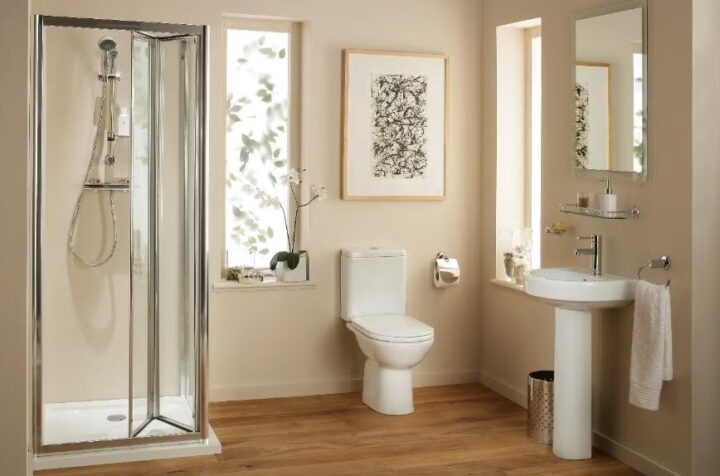
Your budget will play a significant role in determining the type of enclosure you can afford. While it’s tempting to opt for the most economical option, consider the long-term durability and features of the product. Investing in a high-quality enclosure can save money over time, as it may require fewer repairs and replacements.
6. Installation Considerations
Deciding between DIY and professional installation is an important consideration. While DIY installation can save costs, professional installation ensures accuracy and longevity. Understanding the installation process can help you assess whether you need professional help.
Installation challenges such as uneven floors, non-standard dimensions, and complex plumbing should be addressed by experienced professionals to ensure that the enclosure is installed correctly and safely.
Closing Thoughts
Choosing the right enclosure for your bathroom requires careful consideration of various factors. Balancing style, functionality, and budget while keeping in mind the practical aspects of installation and maintenance will ensure that you select a product that meets your needs and enhances your bathing experience.
With the right choice, your bathroom can be transformed into a functional and stylish space that you and your family will enjoy for years to come.

